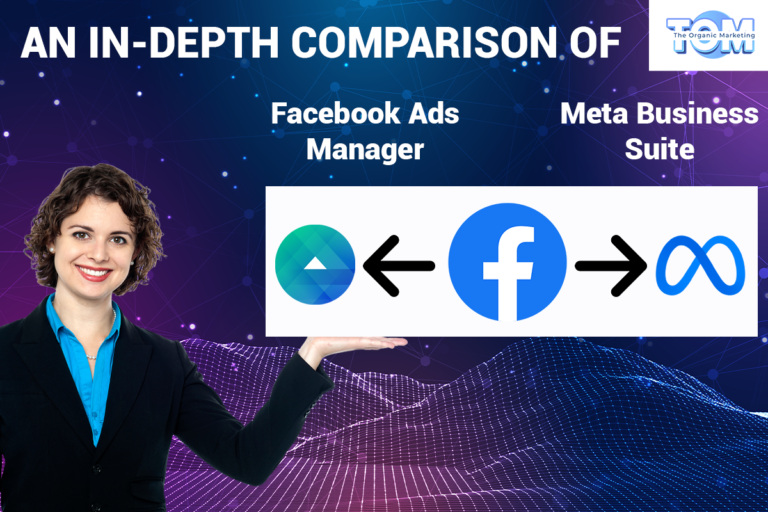The C-Suite: Understanding Chief Positions and Their Impact
Organizations in the business world of today depend on a diversified leadership team to guide their operations in the right direction. Chief positions are critical for leading organizations toward their strategic goals, overseeing crucial operations, and assuring top performance. This thorough blog post examines various chief positions, their primary duties, and how they affect the development and success of an organization.
What is a Chief Executive Officer (CEO)?
Chief Executive Officer or CEO is the highest-ranking executive in an organisation who is in charge of managing resources, making important corporate decisions, and making sure the company is successful in the long run. Setting and accomplishing strategic goals, directing organisational policies, and representing the business to outside stakeholders are all responsibilities of the CEO, who answers to the board of directors. To promote growth and achieve profitability, they must lead.
What is a Chief Technology Officer (CTO)?
The Chief Technology Officer (CTO) is in charge of directing the organization’s technology strategy and making sure that it adheres to the overarching business objectives. They direct the technology team’s efforts to boost operational effectiveness and competitive advantage by discovering and implementing cutting-edge technologies, managing IT infrastructure, and driving digital transformation projects.
What is a Chief Marketing Officer (CMO)?
The responsibility for creating and carrying out the company’s marketing and branding initiatives falls to the Chief Marketing Officer (CMO). They are in charge of doing market research, positioning the product, interacting with customers, and establishing a strong brand presence. The CMO works with a number of teams to develop persuasive marketing strategies that boost revenue and build brand loyalty.
What is a Chief Financial Officer (CFO)?
The Chief Financial Officer (CFO) is a key figure in overseeing the business’s financial stability. In order to ensure smart financial judgments, they supervise financial planning, budgeting, and forecasting. The CFO does financial data analysis, creates reports for stakeholders, and puts ideas into practice to increase profitability and successfully manage risk.
What is the Chief Operating Officer (COO)?
The company’s daily operations and business strategies are carried out under the supervision of the Chief Operating Officer (COO). They put a lot of effort into streamlining departmental cooperation, improving efficiency, and optimizing operational operations. Aligning operational strategy with the organization’s overarching vision is a joint effort between the COO and the leadership team.
What is the Chief Information Officer (CIO)?
The organization’s administration and use of information technology is overseen by the Chief Information Officer (CIO). In order to support corporate goals, they are in charge of creating IT policies, data security measures, and technological investments. Utilizing technology to spur innovation and improve client experiences is vital for the CIO.
What is a Chief Strategy Officer (CSO)?
The Chief Strategy Officer is responsible for formulating and executing the company’s long-term strategic plans. They analyze market trends, identify growth opportunities, and assess potential risks to guide the organization’s overall direction. The Chief Strategy Officer collaborates with other executives to ensure alignment between strategy and operations.
What is the Chief Compliance Officer (CCO)?
The Chief Compliance Officer is responsible for making sure the business complies with all applicable laws, rules, and internal directives. They manage compliance processes, carry out audits, and make sure the business works morally and legally.
What is a Chief Revenue Officer?
The Chief Revenue Officer (CRO) is in charge of implementing sales and revenue growth initiatives. To maximize revenue creation and client retention, they manage the sales, marketing, and customer support teams. In order to meet revenue goals, the CRO searches for new income sources.
What is the Chief Administrative Officer (CAO)?
The Chief Administrative Officer is in charge of managing administrative tasks such as facility management, supply chain management, and human resources. They help numerous divisions and create efficient administrative procedures to ensure the company runs smoothly.
What is the Chief of Staff (COS)?
The Chief of Staff helps the CEO’s decision-making by serving as a significant advisor. They oversee executive communication, plan strategic projects, and help to oversee corporate-wide activities.
What is a Chief Data Officer (CDO)?
The Chief Data Officer (CDO) is in charge of overseeing the data assets of the company and using data analytics to provide business insights. While utilizing data-driven tactics to enhance decision-making and corporate performance, they assure data integrity, security, and privacy.
What is the Chief Knowledge Officer (CKO)?
The Chief Knowledge Officer is in charge of knowledge management strategies that promote communication and cooperation inside the company. They create plans for utilizing knowledge to increase efficiency and make better decisions.
What is a Chief Product Officer (CPO)?
The Chief Product Officer is in charge of portfolio management, innovation, and product development. They guide product teams in developing cutting-edge items that meet the demands of customers and boost sales.
What is the Chief Human Resources Officer (CHRO)?
The organization’s human resources are under the control of the Chief Human Resources Officer (CHRO). To draw in, keep, and grow the best personnel, they create and put into practice HR strategies. Additionally, the CHRO is in charge of corporate culture, performance management, and employee engagement.
A company’s leadership positions are essential for fostering success, innovation, and expansion. These executives contribute specialized knowledge and strategic vision to a variety of company functions, assuring top performance and long-term growth. Companies may create a strong leadership team that supports an excellence culture and propels the company toward a profitable future by knowing the duties and contributions of each top function.
For more information on all the chief positions and how it can boost your future career prospects, get in touch with The Organic Marketing now!





